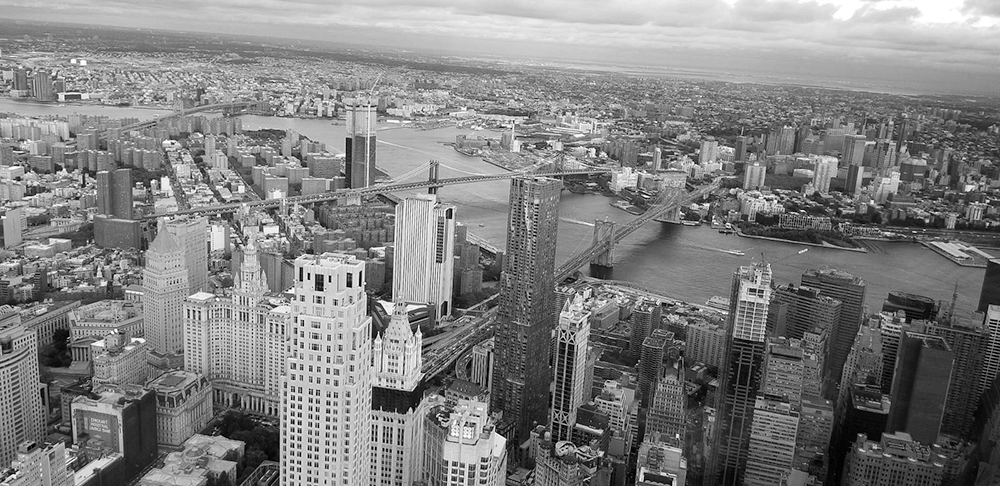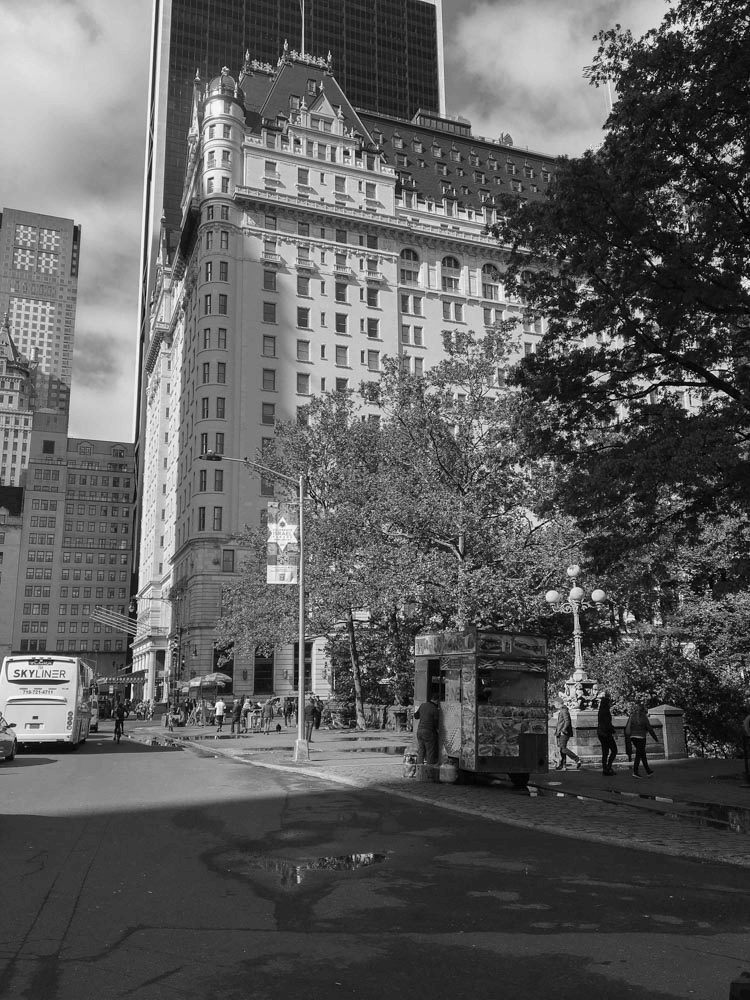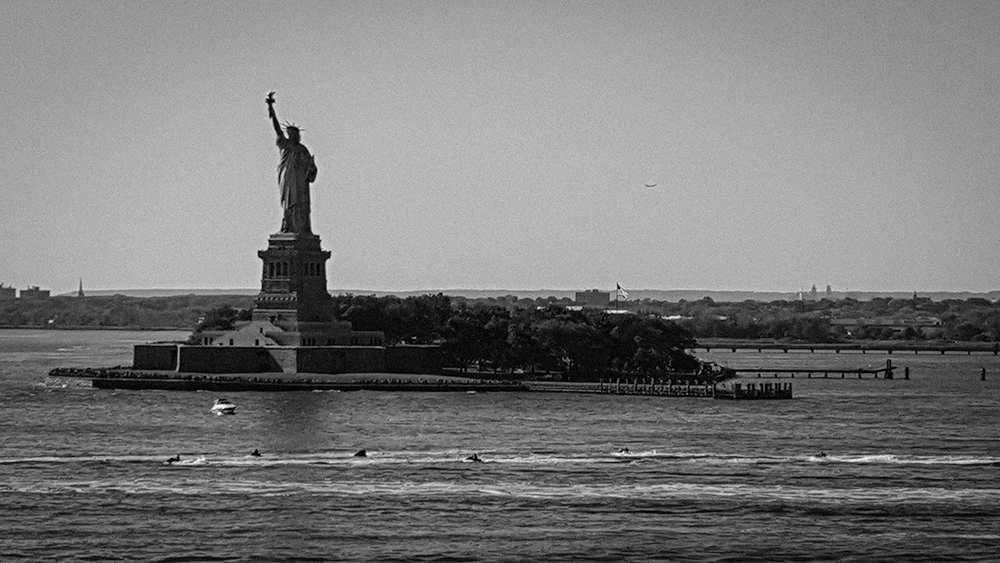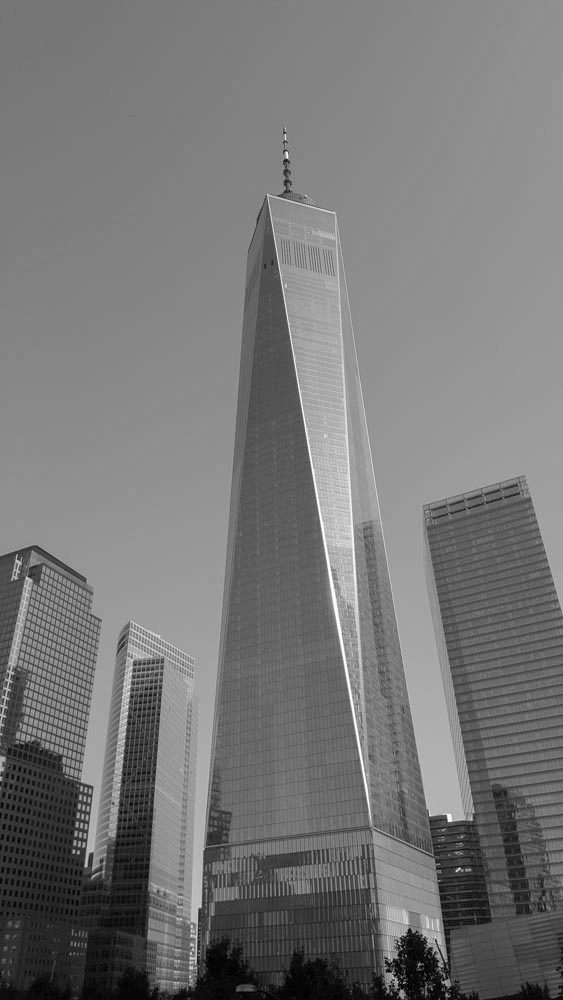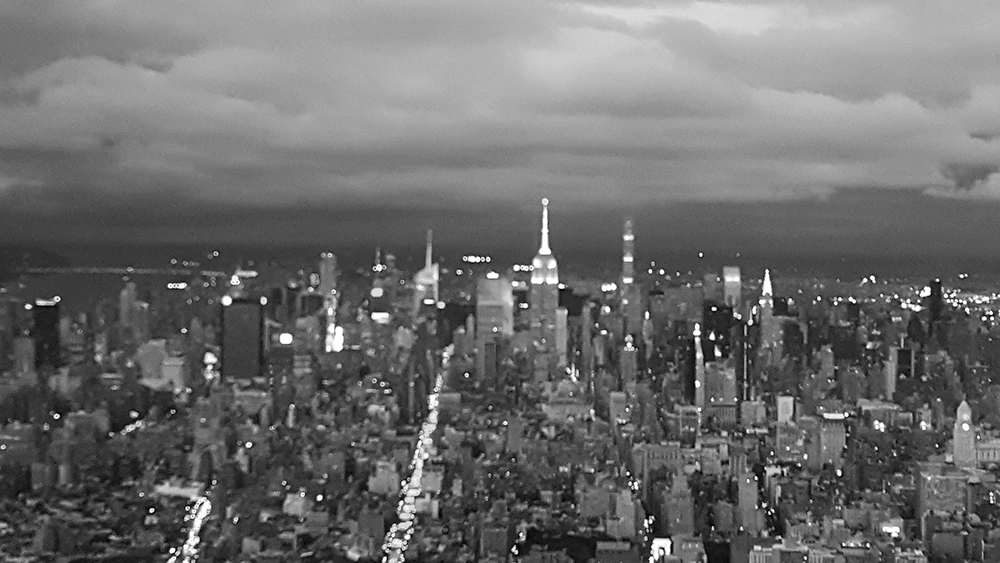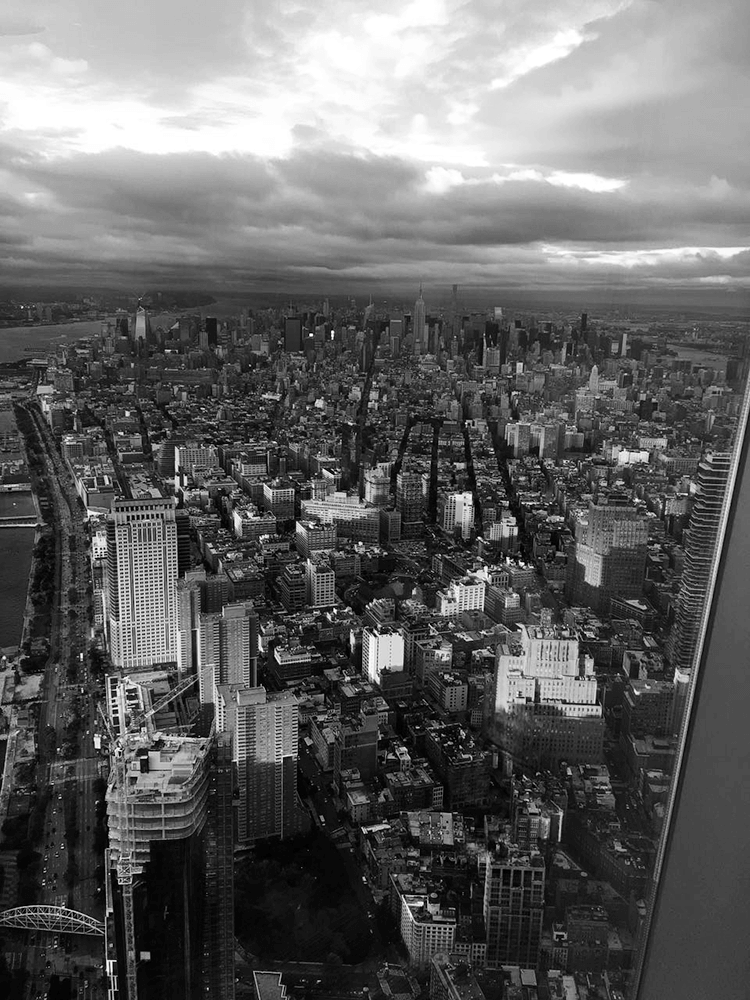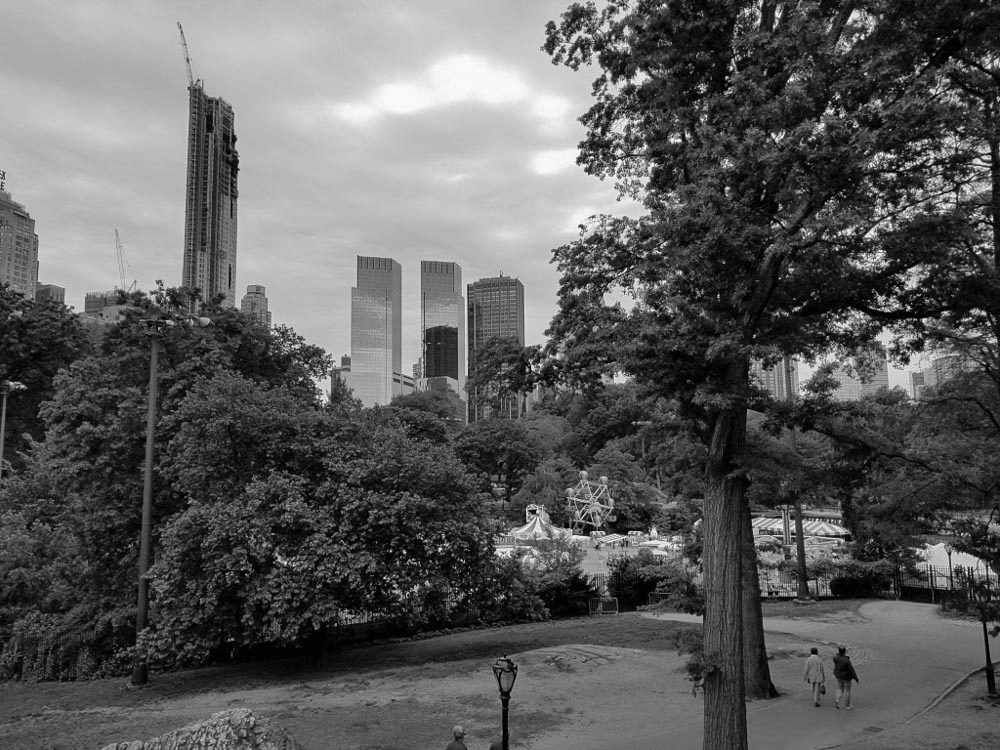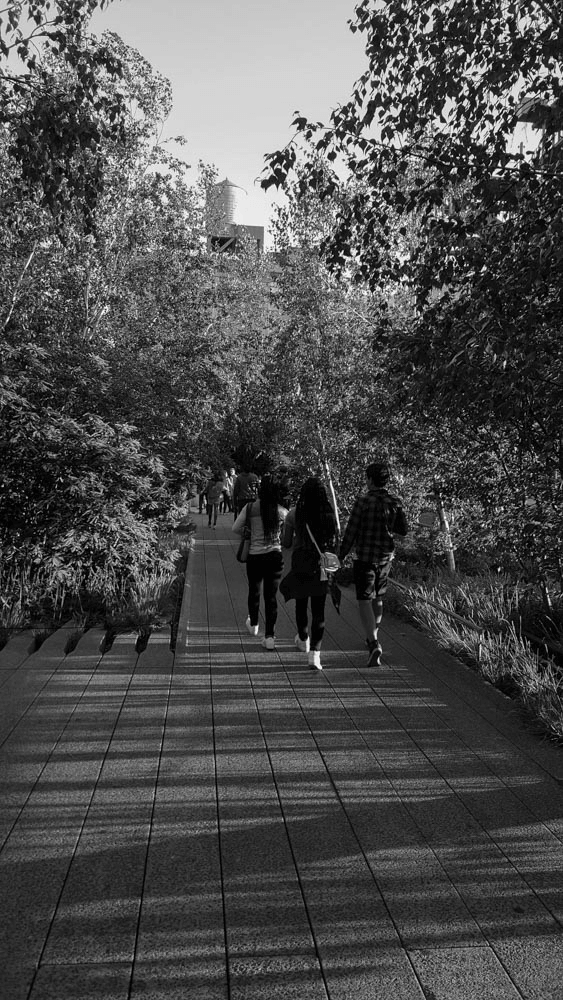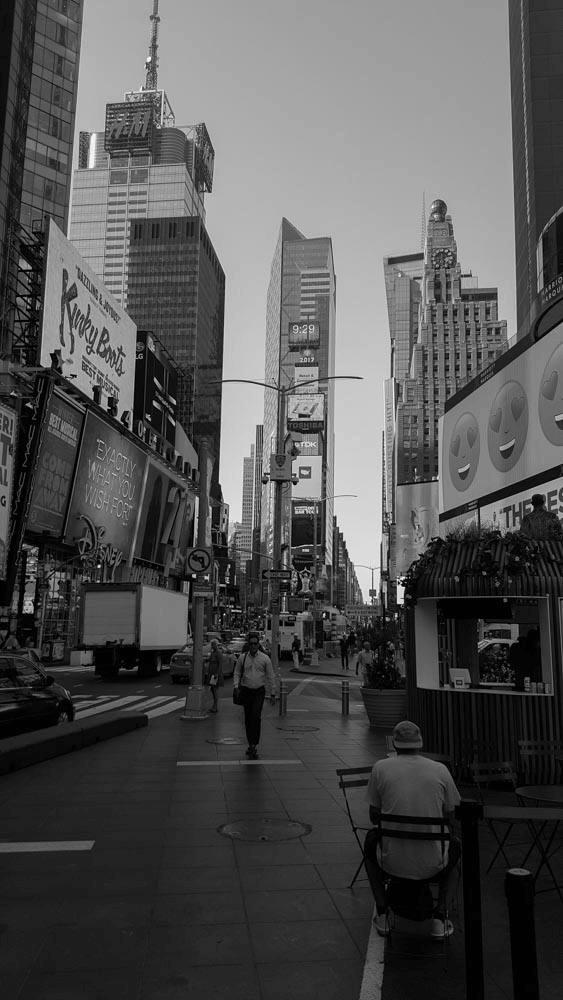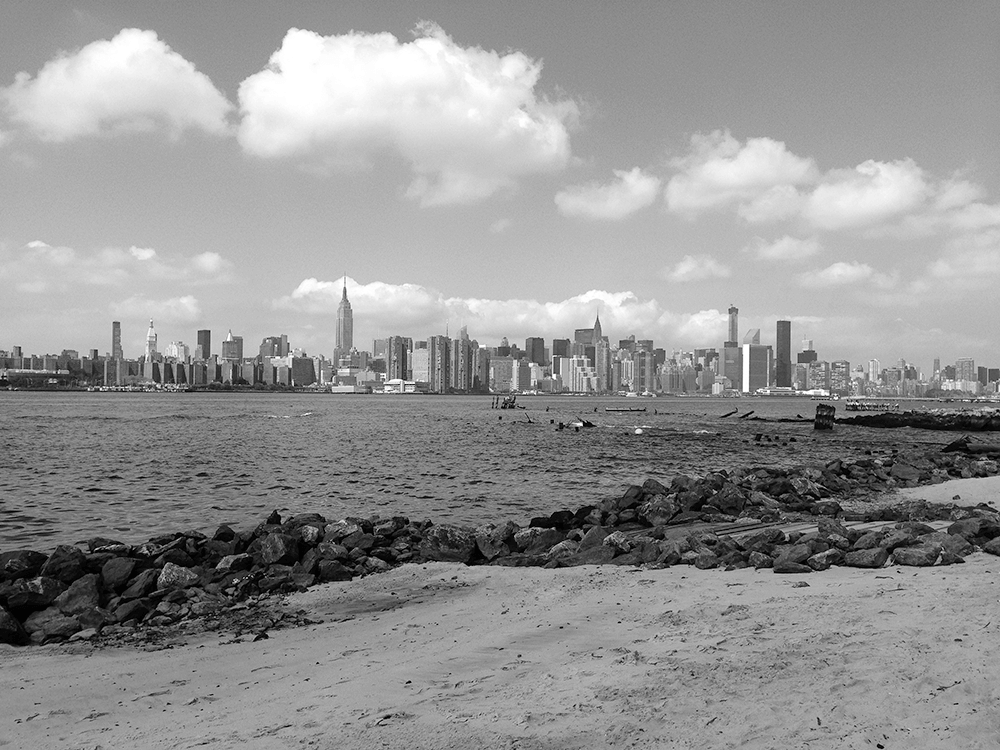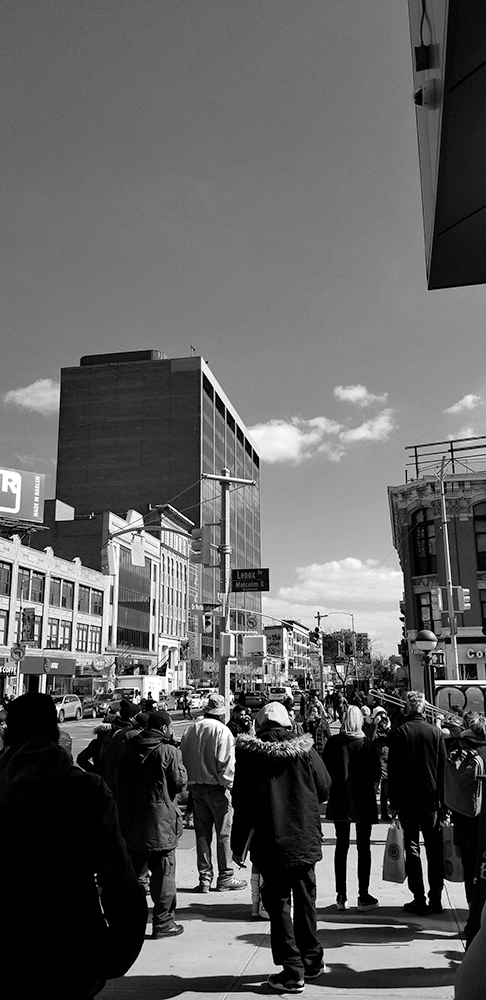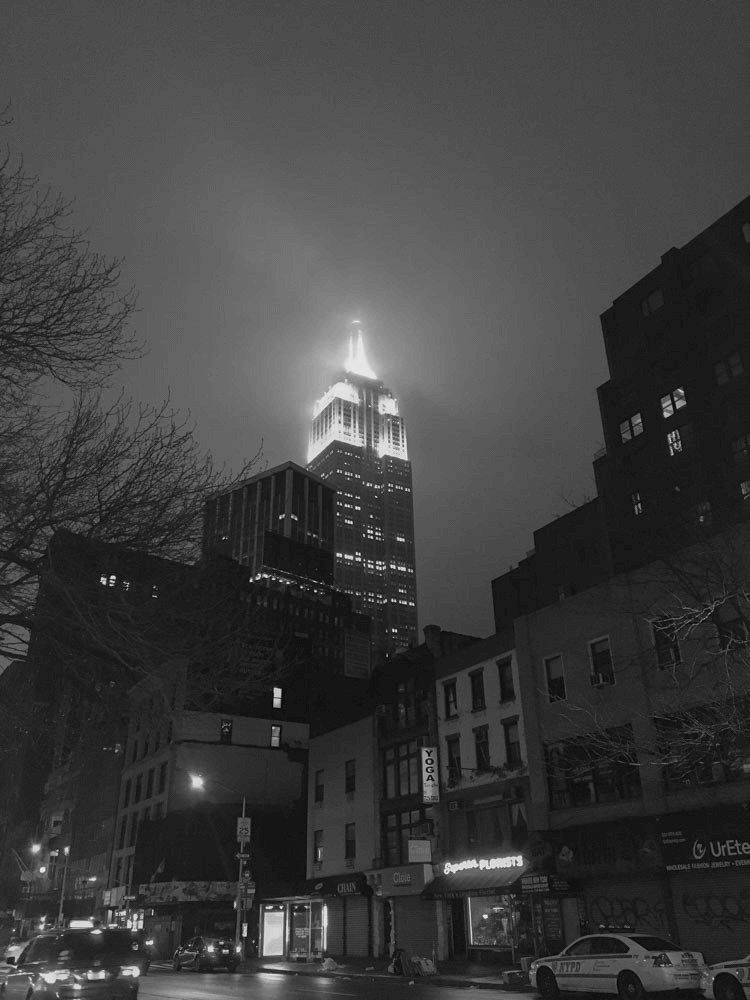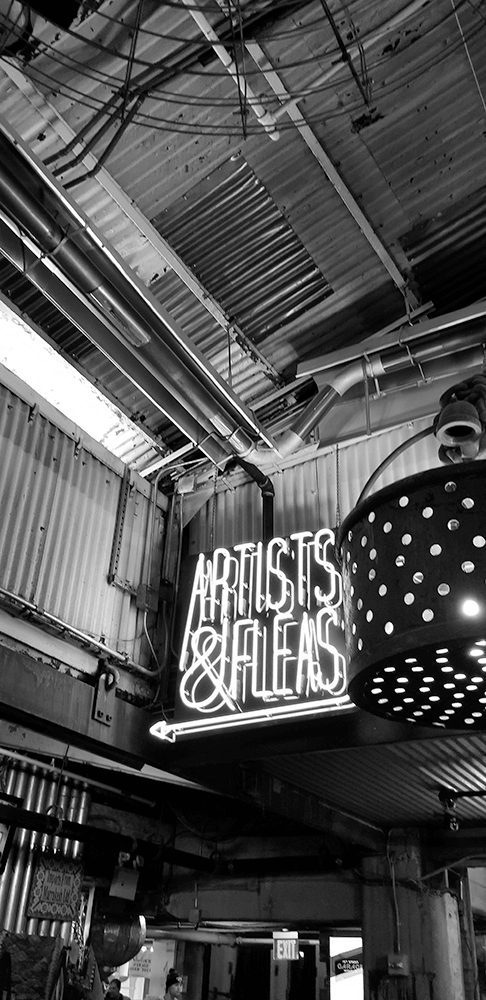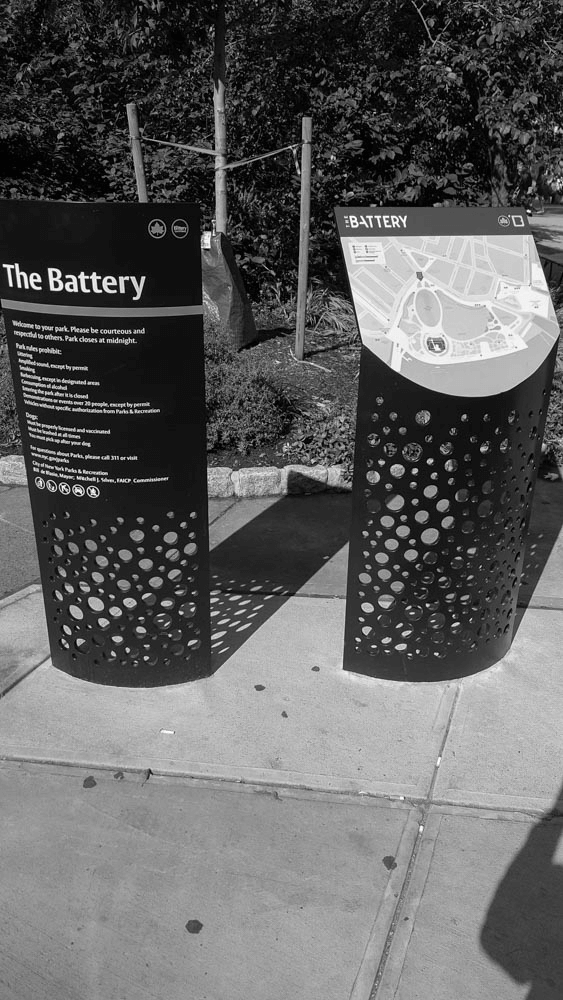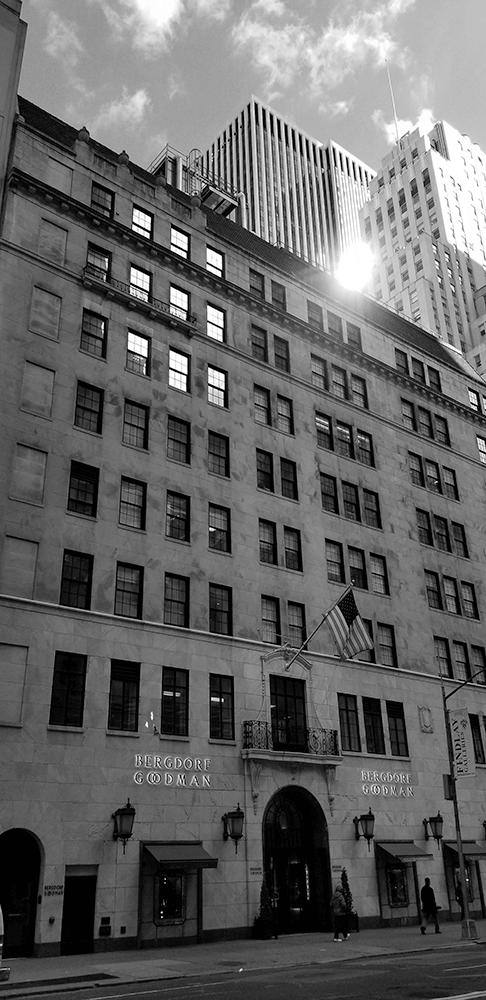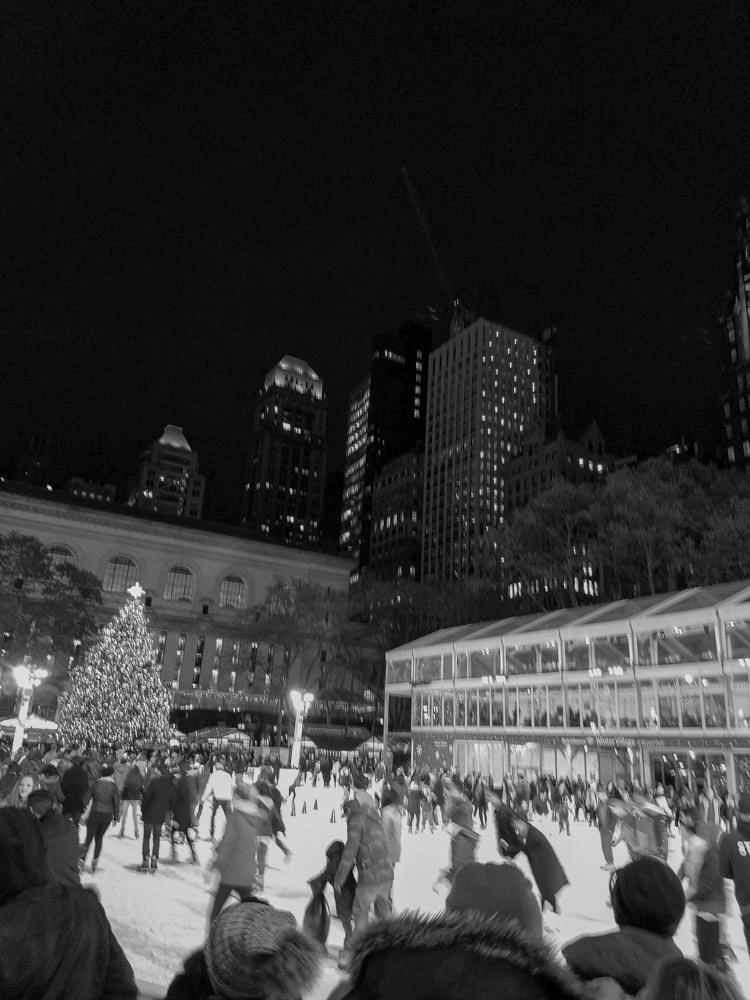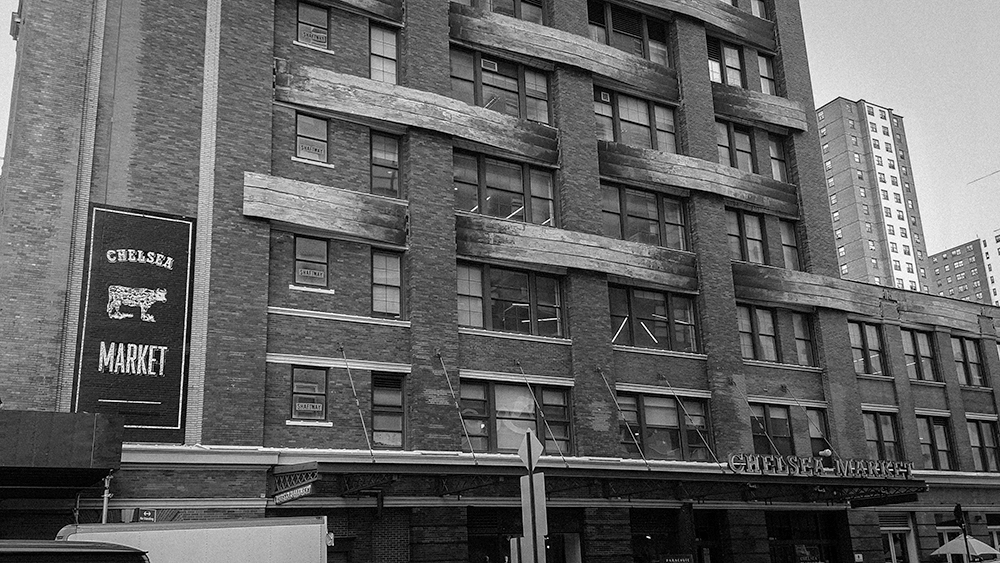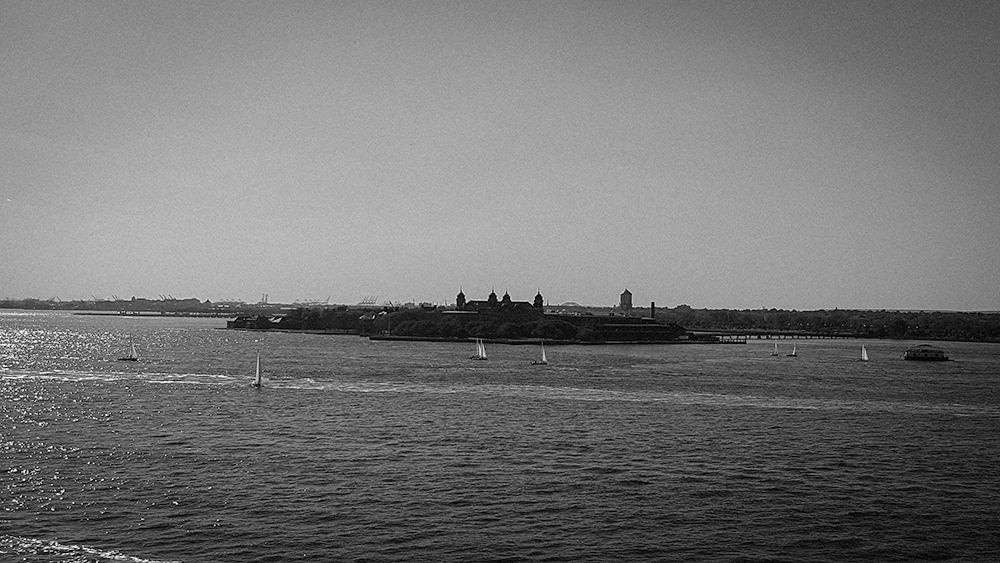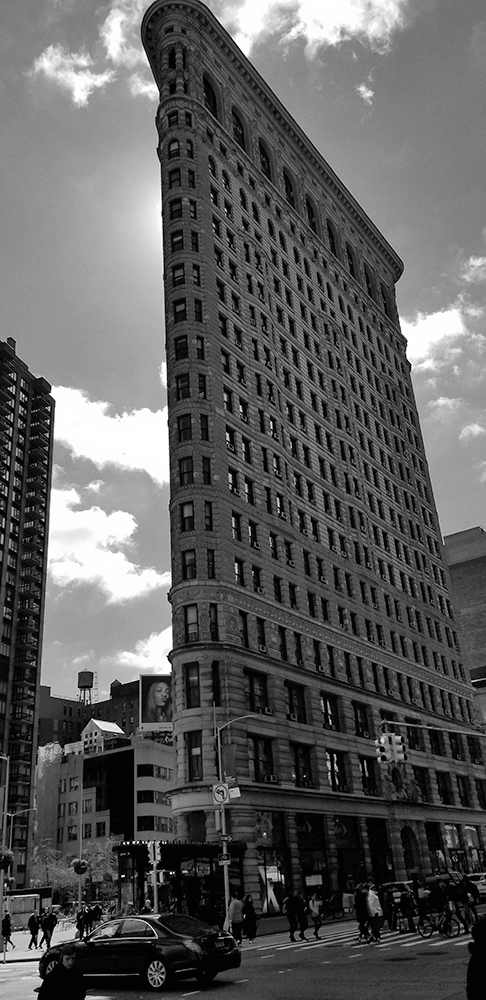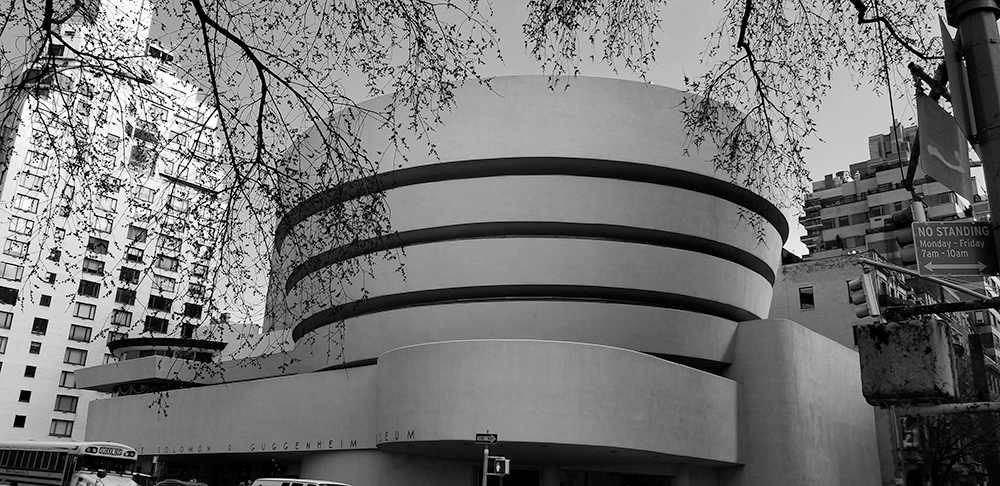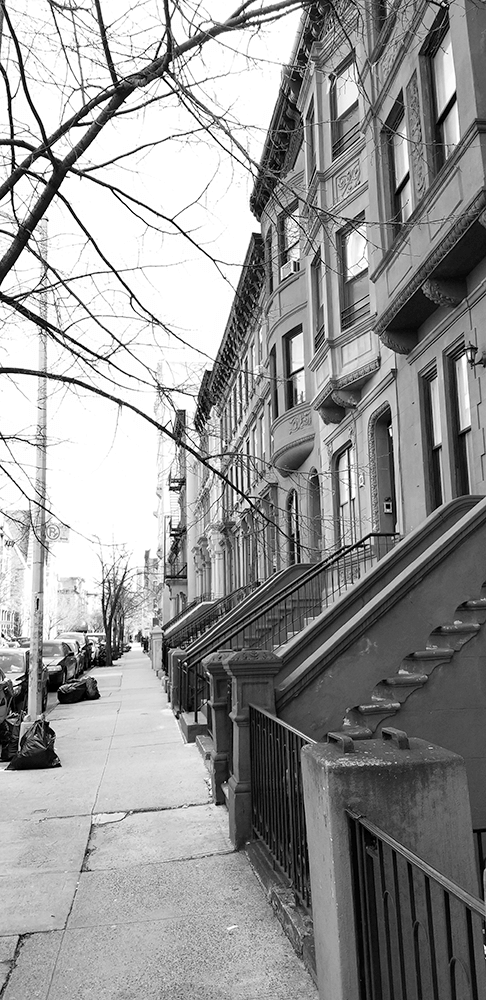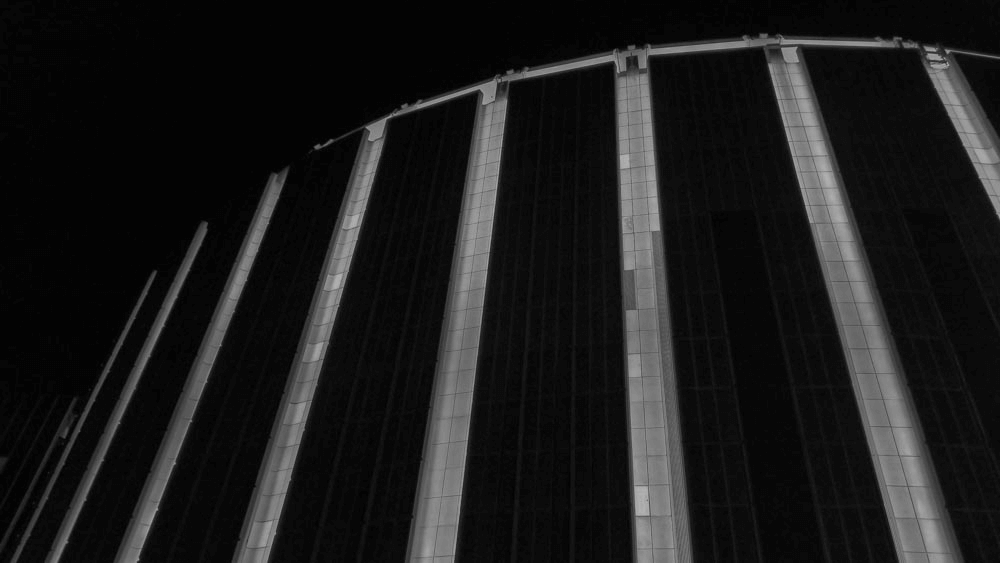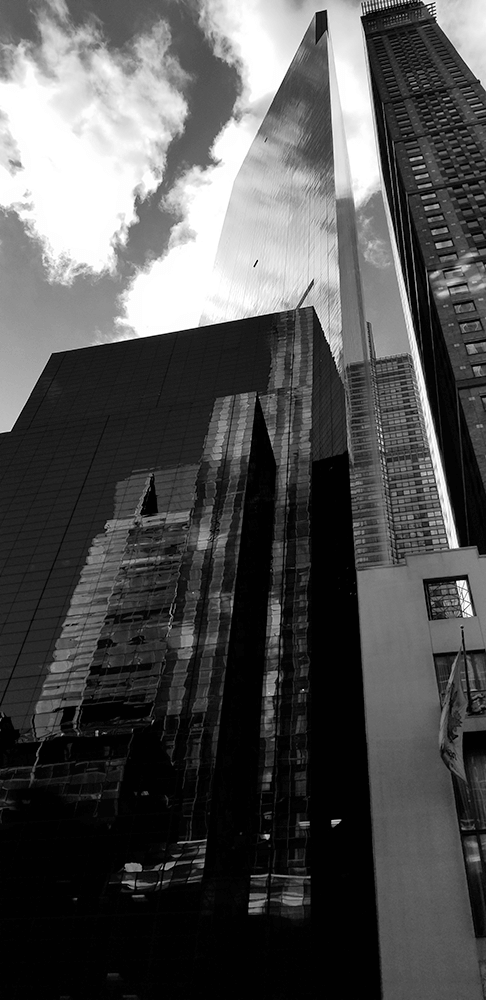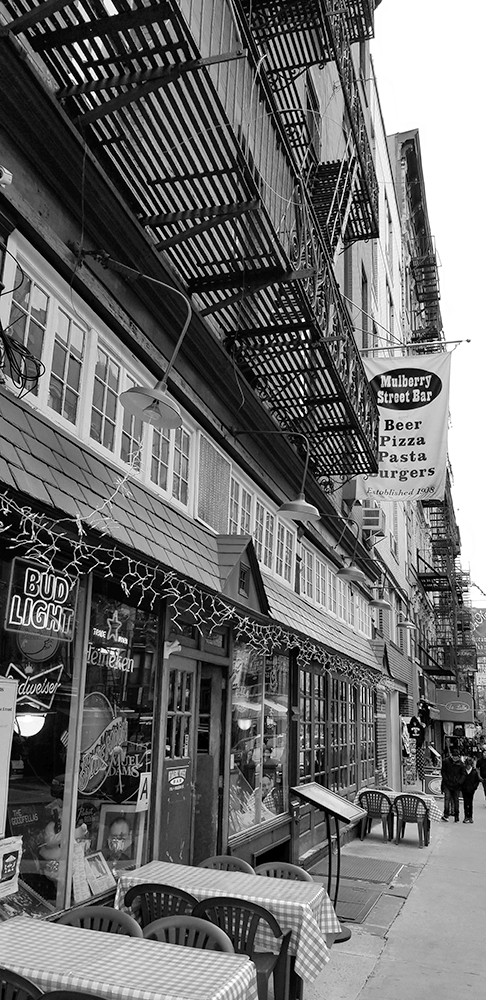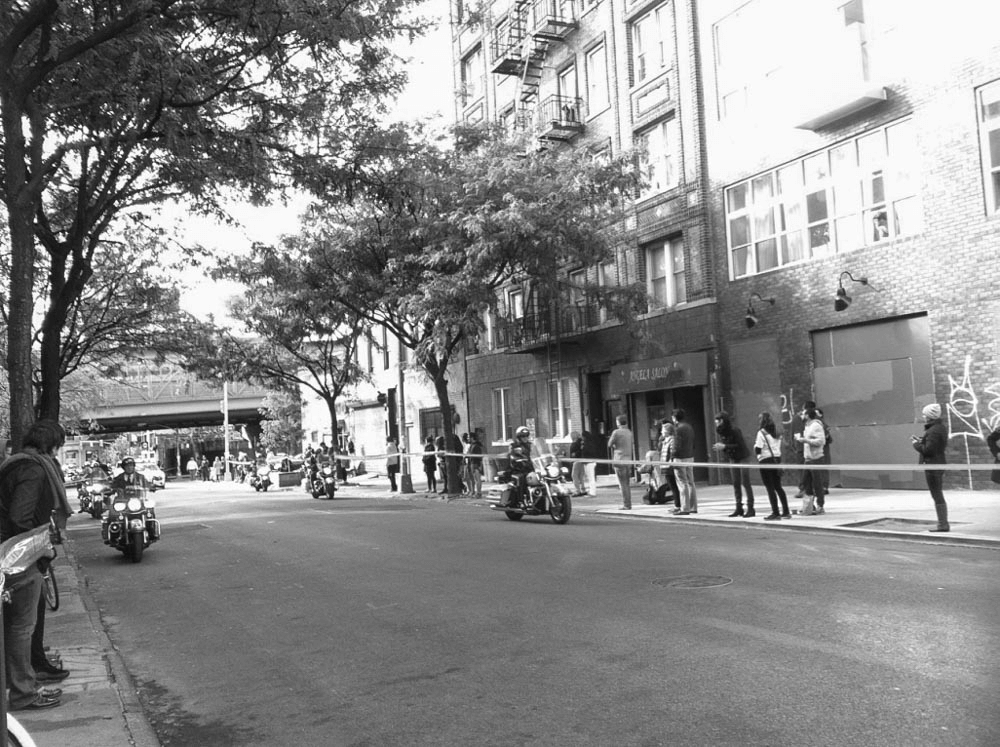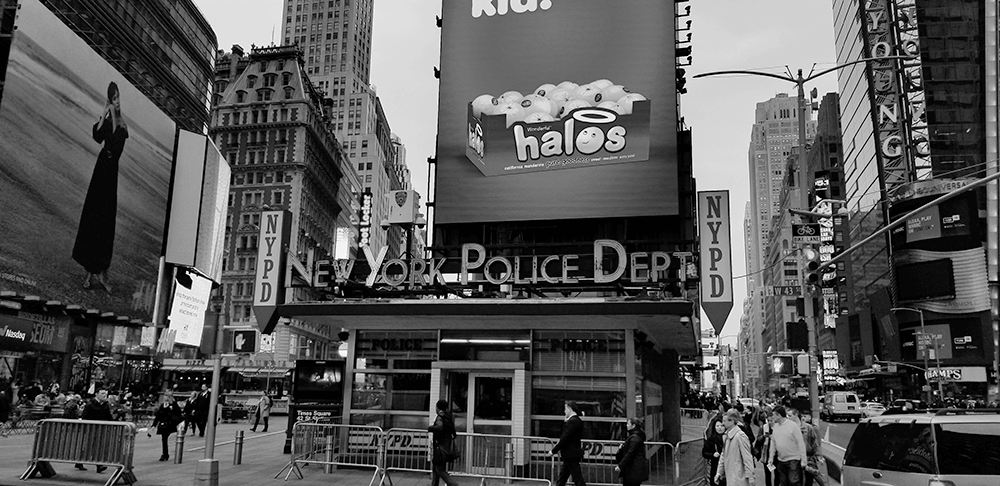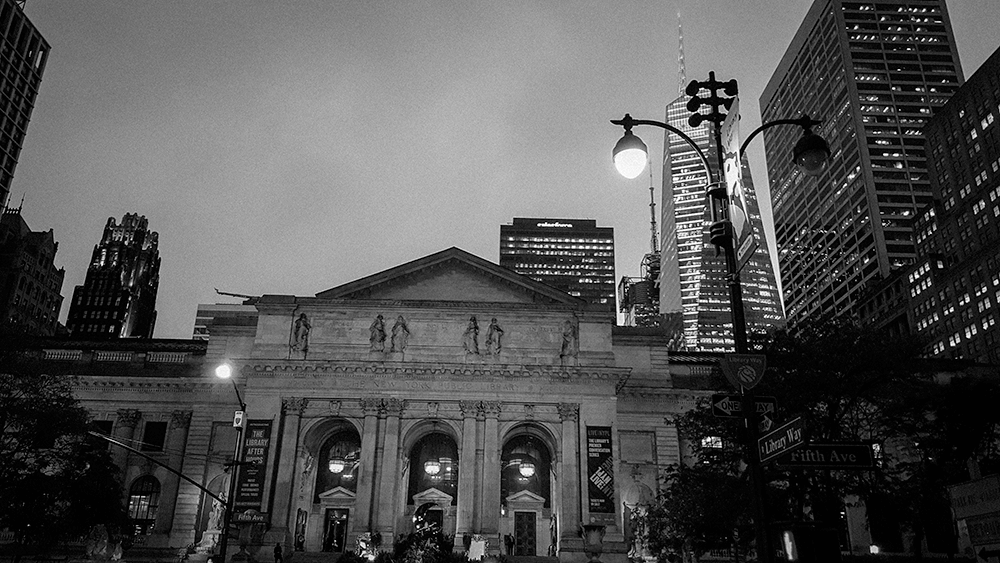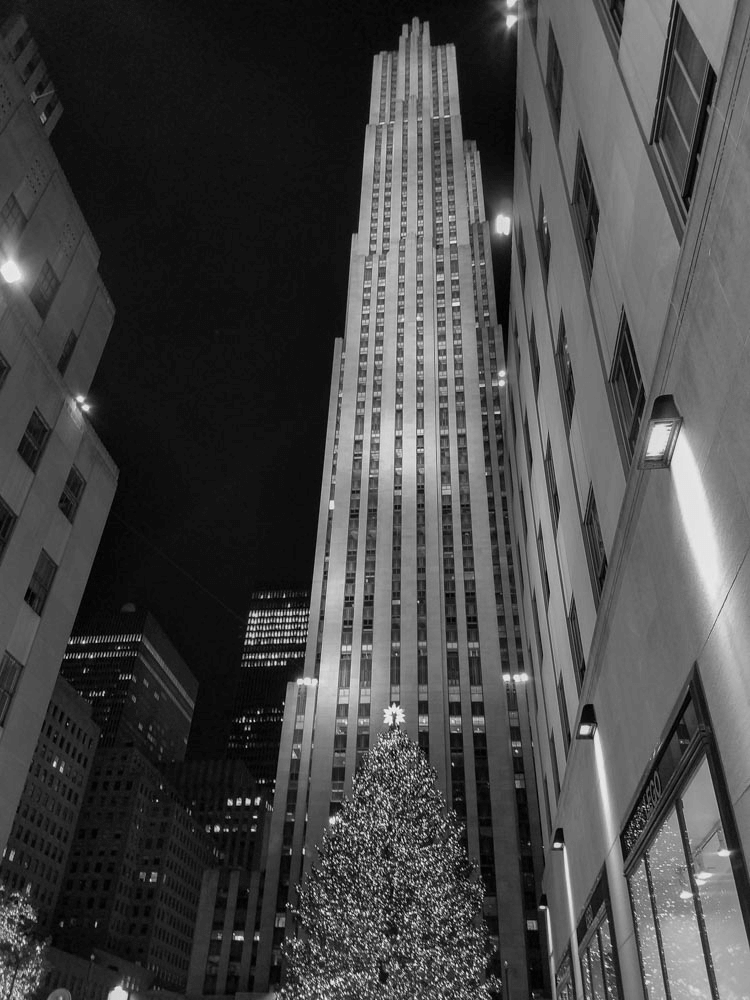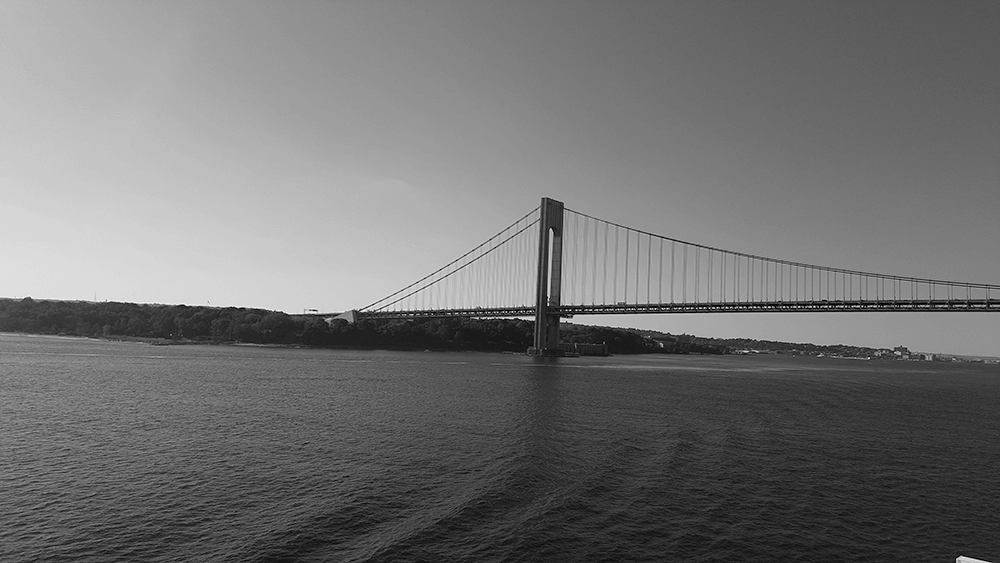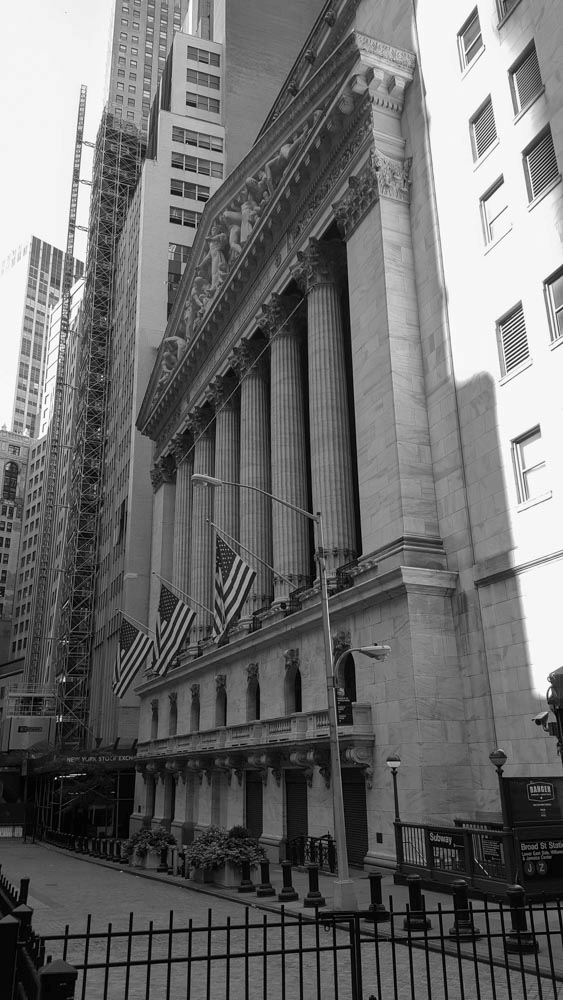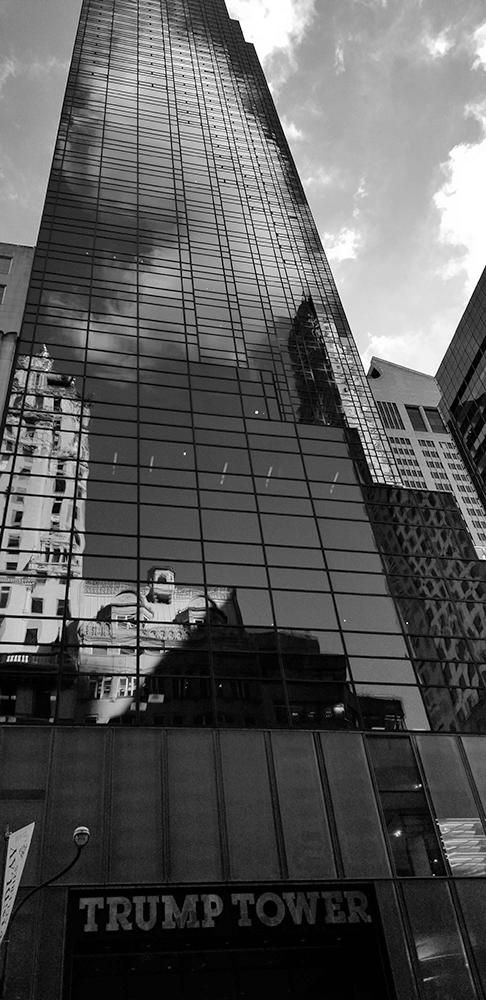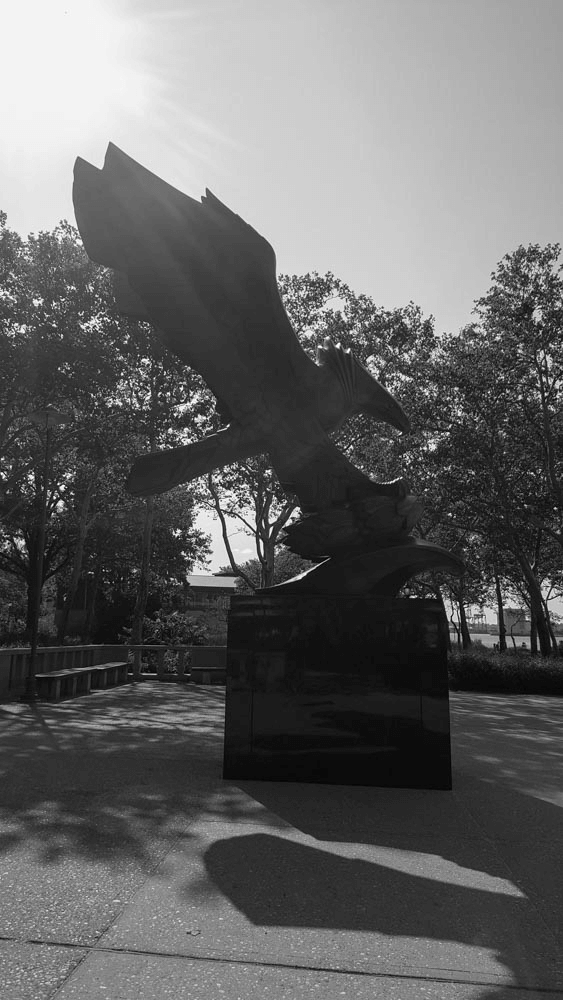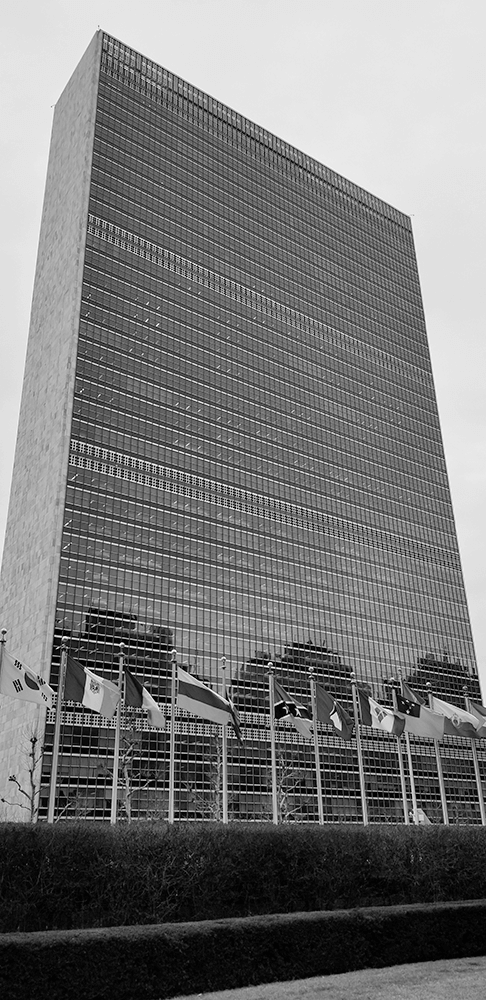Museum
Bronx
Bronx Museum of Arts
Bronx Museum of the Arts – Ein kulturelles Zentrum der Bronx Das Bronx Museum of the Arts, gegründet im Jahr 1971, ist ein bedeutendes kulturelles Zentrum in der Bronx, New York City. Es ist bekannt für seine dynamische Sammlung zeitgenössischer Kunst und seine engagierte Arbeit, um die kulturelle Vielfalt der Bronx und ihrer Gemeinschaften zu fördern. Das Museum ist ein wichtiger Ort für Kunstliebhaber, Studenten und die breite Öffentlichkeit, die die reiche Kunstszene der Bronx entdecken und erleben möchten. Geschichte und Entwicklung Das Bronx Museum wurde ursprünglich als Teil der Bemühungen gegründet, die kulturelle Identität und das Erbe der Bronx zu bewahren und zu feiern. Die ersten Ausstellungen konzentrierten sich auf lokale Künstler und deren Werke, was dem Museum half, sich als Plattform für aufstrebende Talente zu etablieren. Im Laufe der Jahre hat sich das Museum weiterentwickelt und international anerkannte Künstler und bedeutende Ausstellungen präsentiert. Das Museum befindet sich in einem modernen Gebäude, das 1982 eröffnet wurde. Es wurde entworfen, um die Verbindung zwischen Kunst und der Gemeinschaft zu stärken und dient als Ort für kreative Ausdrucksformen und künstlerische Auseinandersetzungen. Sammlungen und Ausstellungen Das Bronx Museum of the Arts beherbergt eine umfangreiche Sammlung von über 1.000 Kunstwerken, die sich auf zeitgenössische Kunst, insbesondere von Künstlern aus der Bronx und der lateinamerikanischen und afroamerikanischen Diaspora, konzentriert. Die Sammlungen umfassen: Gemälde und Skulpturen: Werke von renommierten Künstlern wie Romare Bearden, Faith Ringgold und Jean-Michel Basquiat sind Teil der ständigen Sammlung. Diese Werke spiegeln die kulturelle Vielfalt und die sozialen Themen wider, die die Bronx prägen. Fotografie: Das Museum hat eine bedeutende Sammlung von Fotografien, die das Leben in der Bronx dokumentieren und die Herausforderungen und Errungenschaften der Gemeinschaft festhalten. Diese Fotografien bieten einen einzigartigen Einblick in die Geschichte und Kultur des Stadtteils. Wechselnde Ausstellungen: Das Museum organisiert regelmäßig temporäre Ausstellungen, die verschiedene künstlerische Praktiken und Themen erkunden. Diese Ausstellungen bieten lokalen und internationalen Künstlern die Möglichkeit, ihre Arbeiten einem breiteren Publikum vorzustellen. Bildungsprogramme und Gemeinschaftsengagement Das Bronx Museum ist nicht nur ein Ort der Kunst, sondern auch ein Zentrum für Bildung und Gemeinschaftsengagement. Es bietet eine Vielzahl von Programmen und Workshops, die darauf abzielen, das Interesse an Kunst zu fördern und die Kreativität der Besucher zu inspirieren: Kunstbildungsprogramme: Das Museum bietet Schulprogrammen für Schüler aller Altersgruppen an, die Kunst und Kreativität in den Unterricht integrieren. Diese Programme fördern das kritische Denken und die Ausdrucksfähigkeit der Schüler. Workshops und Veranstaltungen: Regelmäßige Workshops und Veranstaltungen, die von Künstlern und Kuratoren geleitet werden, ermöglichen es den Teilnehmern, ihre kreativen Fähigkeiten zu entwickeln und sich mit der Kunstszene der Bronx auseinanderzusetzen. Community-Engagement: Das Museum arbeitet eng mit der lokalen Gemeinschaft zusammen, um Kunstprojekte zu initiieren, die die Stimmen und Erfahrungen der Bewohner der Bronx widerspiegeln. Diese Initiativen stärken das Gemeinschaftsgefühl und fördern die kulturelle Identität. Bedeutung und Einfluss Das Bronx Museum of the Arts hat einen bedeutenden Einfluss auf die Kunstszene der Bronx und darüber hinaus. Es hat sich als Plattform für aufstrebende Künstler etabliert und trägt dazu bei, die kulturelle Vielfalt der Region zu feiern. Das Museum fördert den Dialog über soziale und politische Themen und bietet Raum für kritische Auseinandersetzungen mit der zeitgenössischen Gesellschaft. Das Bronx Museum of the Arts ist ein unverzichtbarer Bestandteil der kulturellen Landschaft von New York City. Mit seiner engagierten Sammlung, seinen Bildungsprogrammen und seinem Fokus auf Gemeinschaftsengagement bietet das Museum eine einzigartige Gelegenheit, die Kunst und Kultur der Bronx zu erleben und zu feiern. Es ist ein Ort, an dem Kreativität, Vielfalt und Gemeinschaft im Mittelpunkt stehen und der sowohl Einheimischen als auch Besuchern einen tiefen Einblick in das künstlerische Erbe der Bronx bietet.
1 2 NYCGO 3 4

